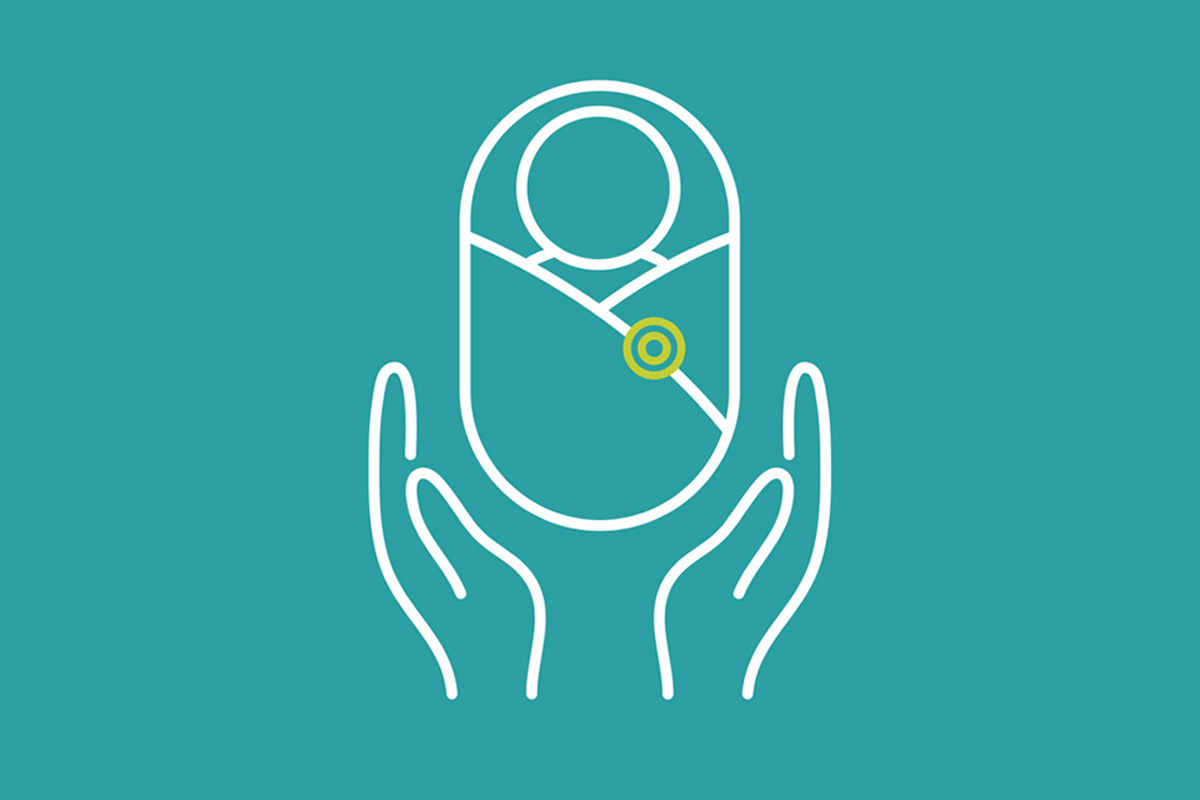
Dr Madonna Grehan (left) and Dr Wendy Pollock presented at ANMC 2018 Photograph by Chris Hopkins
Nurses and midwives were reminded that their ability to observe, interpret and act on the signs and symptoms of clinical deterioration can save the lives of mothers and babies during childbirth and postpartum.
At the Australian Nurses and Midwives Conference registered nurses and midwives Wendy Pollock and Madonna Grehan presented case studies of maternal deaths in the 19th and 21st centuries.
Dr Pollock is an honorary senior fellow, University of Melbourne, and honorary research fellow at LaTrobe University. Dr Grehan is a historian and honorary fellow at the University of Melbourne.
Dr Pollock said the signs and symptoms of clinical deterioration reported to a 2015 Victorian coronial inquest into the death of a woman after giving birth – restlessness, agitation and hyperventilation – were similar to those reported to inquests 150 years ago.
The coroner had found the death was preventable, with key elements the non-recognition of clinical deterioration, failure to check and document vital signs postpartum, and inadequate response to clinical signs and the woman’s expressed belief – that she was dying.
Dr Pollock said although that case was a home birth in a pool, the point was not the birth’s location but how nurses and midwives observe clinical signs and symptoms, then act and get help.
Observation and interpretation of mothers’ and babies’ signs and symptoms needed to remain integral to practice rather than be given over to technology, she said.
The maternal death rate has been static for the past 30 years at 8-10 deaths per 1000 births. Although preventable deaths still occur, the maternal death rate has greatly improved since the 19th century, when it was estimated that 500 women died per 1000 births.
‘By early to mid-1950s that began to suddenly improve,’ Dr Pollock said. ‘The introduction of sulphonamides and antibiotics was extremely helpful, along with blood transfusions and some of the new responses they’d learned during the Second World War that they transferred into maternity care.’
Dr Pollock also discussed the case of a NSW woman who died of sepsis after a caesarean birth. Dr Pollock said the nurse attending Ms Perrin in the recovery room was monitoring the patient’s post-anaesthetic pulse and blood pressure but had not been instructed on how to assess a fundus post caesarean birth. Dr Pollock said a woman post-caesarean could lose two litres of blood without showing any change in her pulse or blood pressure – it was crucial to check the fundus.
Dr Pollock said although childbirth should be seen as a positive and normal part of life, it was difficult to know which births would be risky.
‘You can have the most low-risk woman and they can still have a haemorrhage and die,’ she said. ‘Being able to identify clinical deterioration early means everyone needs observation, everyone needs a trained and educated clinician who’s able to make sense of that observation and then to be able to effectively communicate a response.’
Dr Pollock cited 2017 Monash Medical Centre research that showed that there was one call to the medical emergency team (MET) per 180 maternity admissions between 2010-2014. These calls entailed eleven women being transferred to intensive care. One woman and three babies died. For one in five MET calls, a clinician’s ‘concern about the patient’ triggered the call – the second most common reason.
‘That’s acknowledging that the vital signs and the technology you’re using to take the blood pressure and do your observation and pulse entry doesn’t give you all the information you need. Clinician expertise and making sense of the information is still going to be able to trigger that MET call.’




